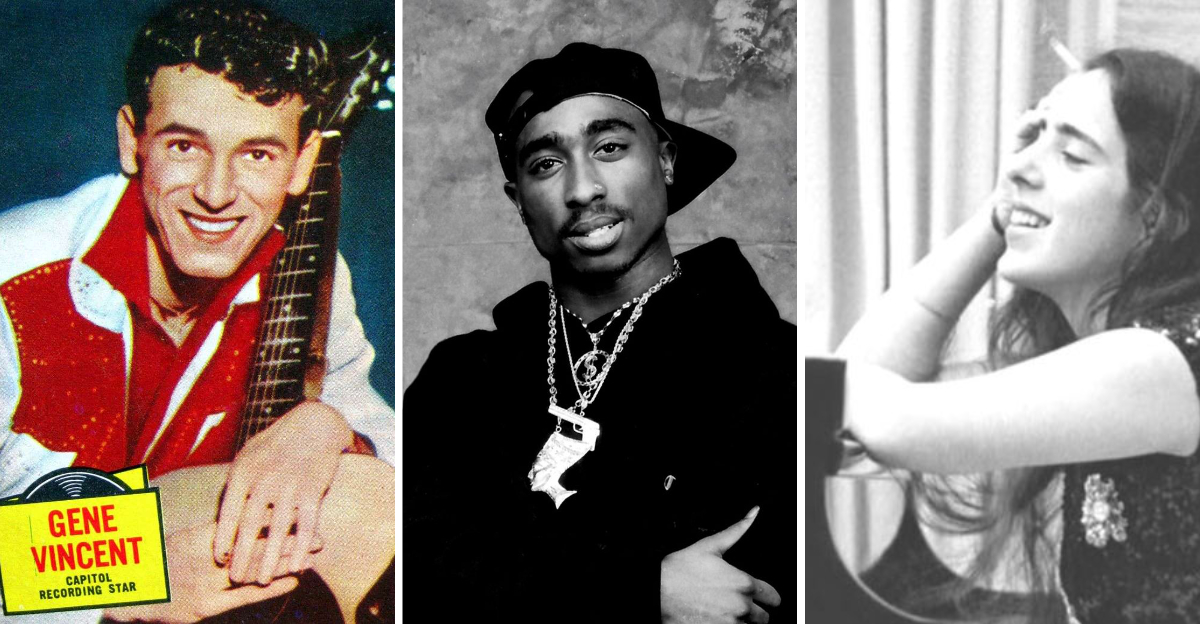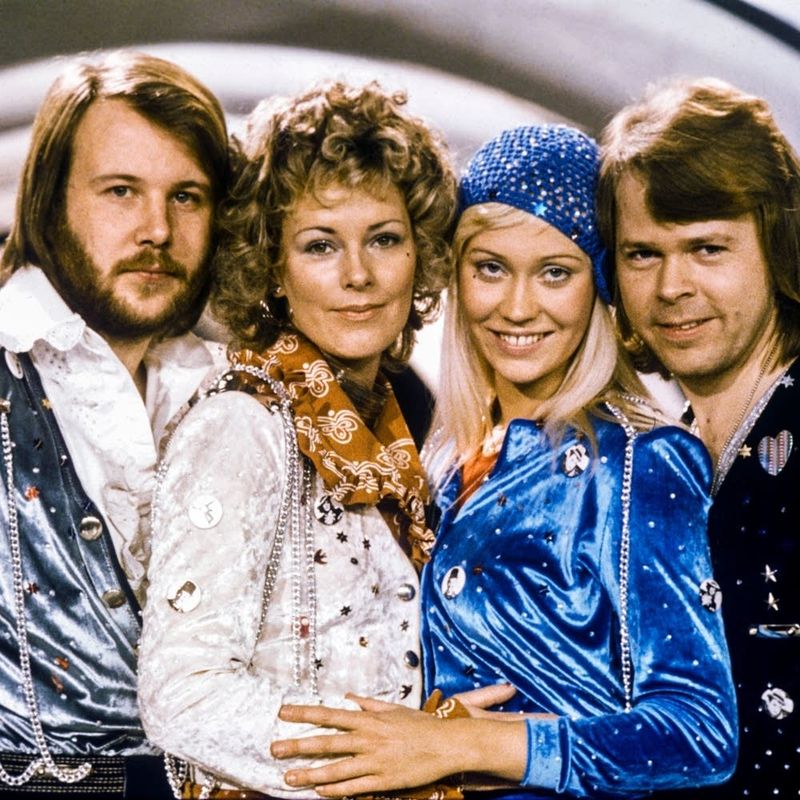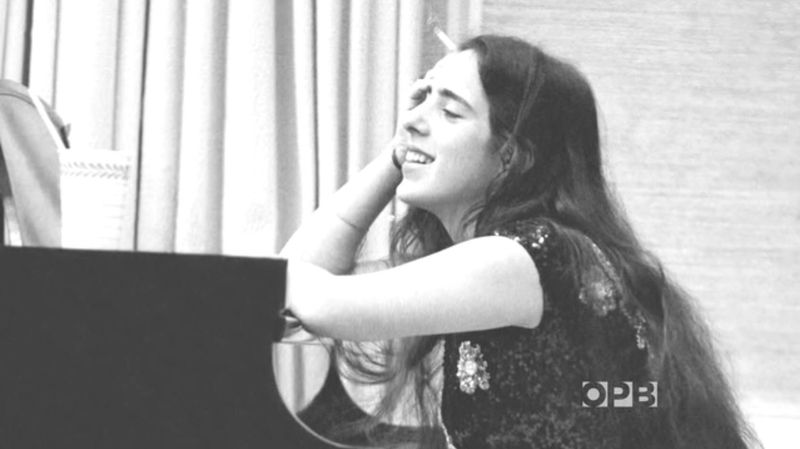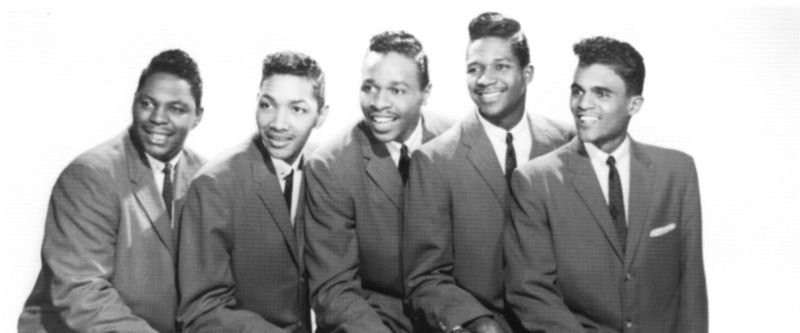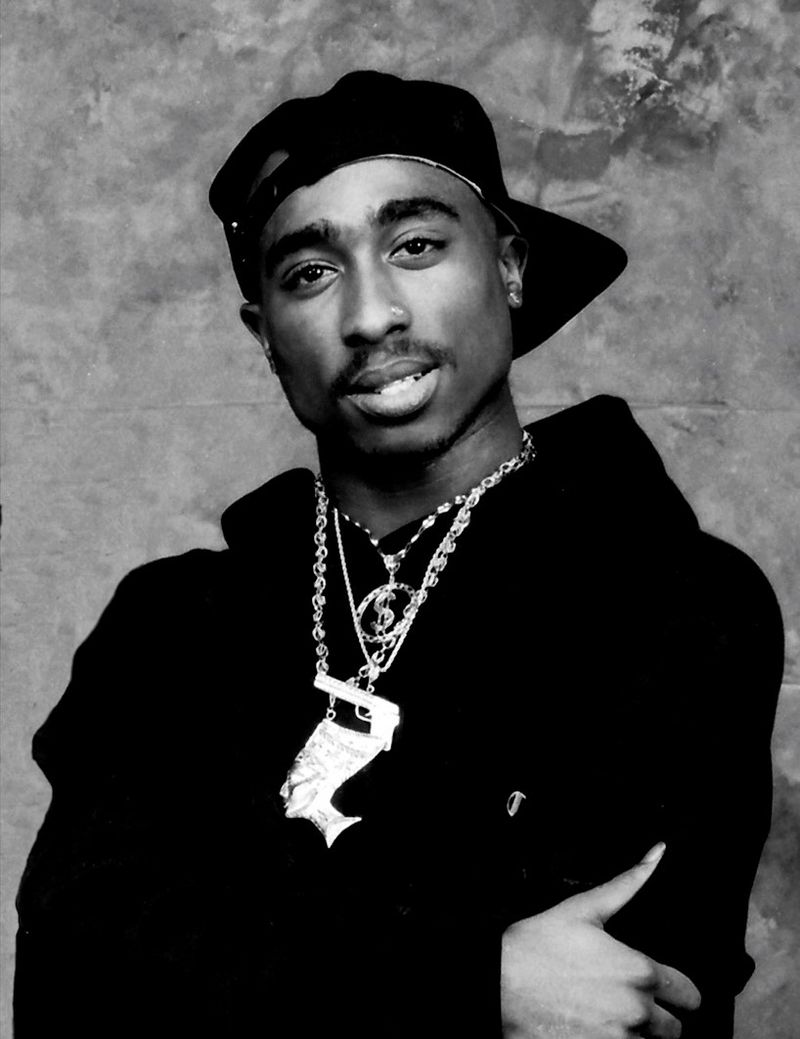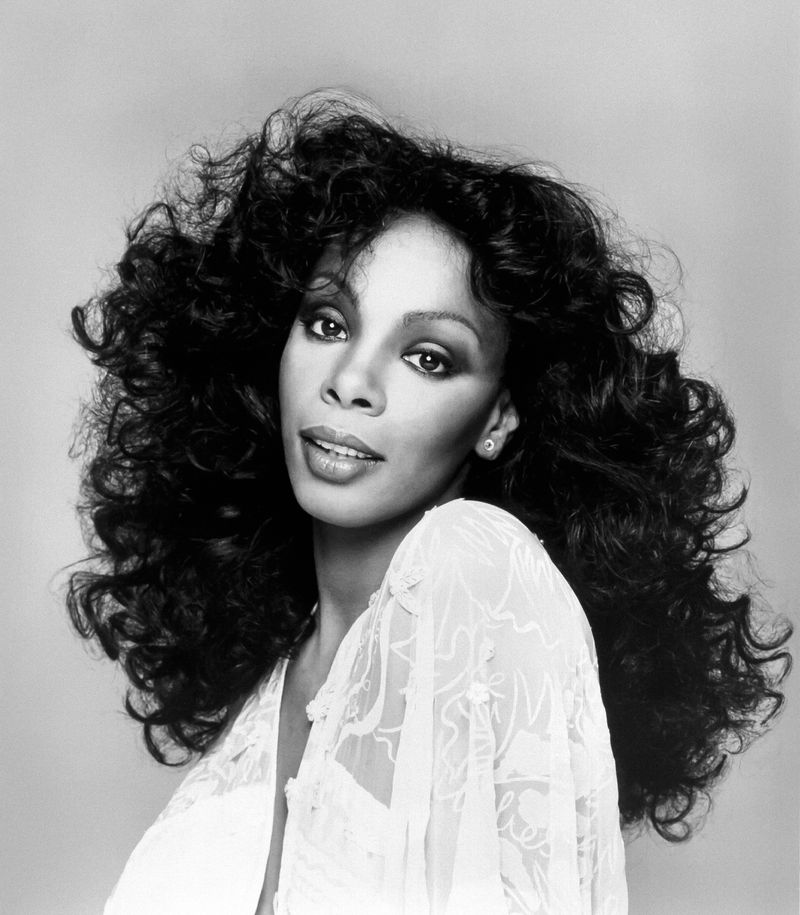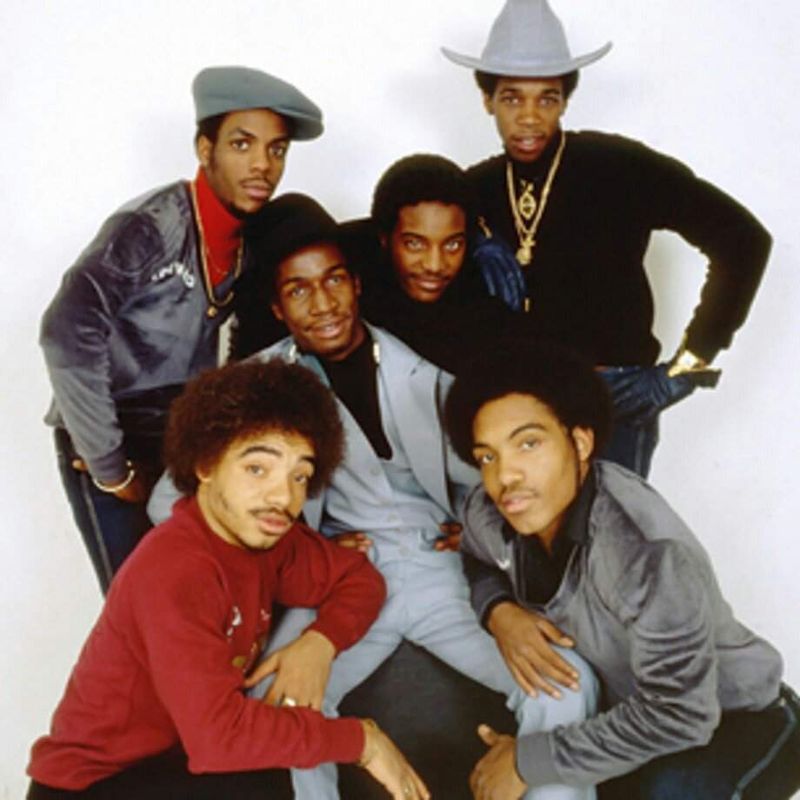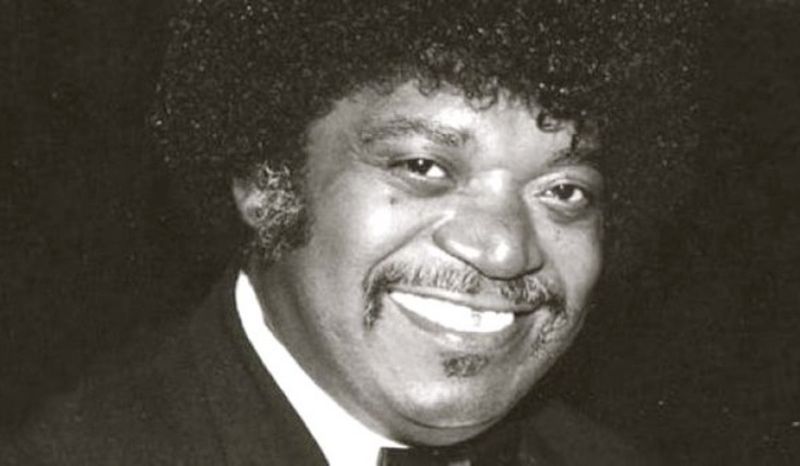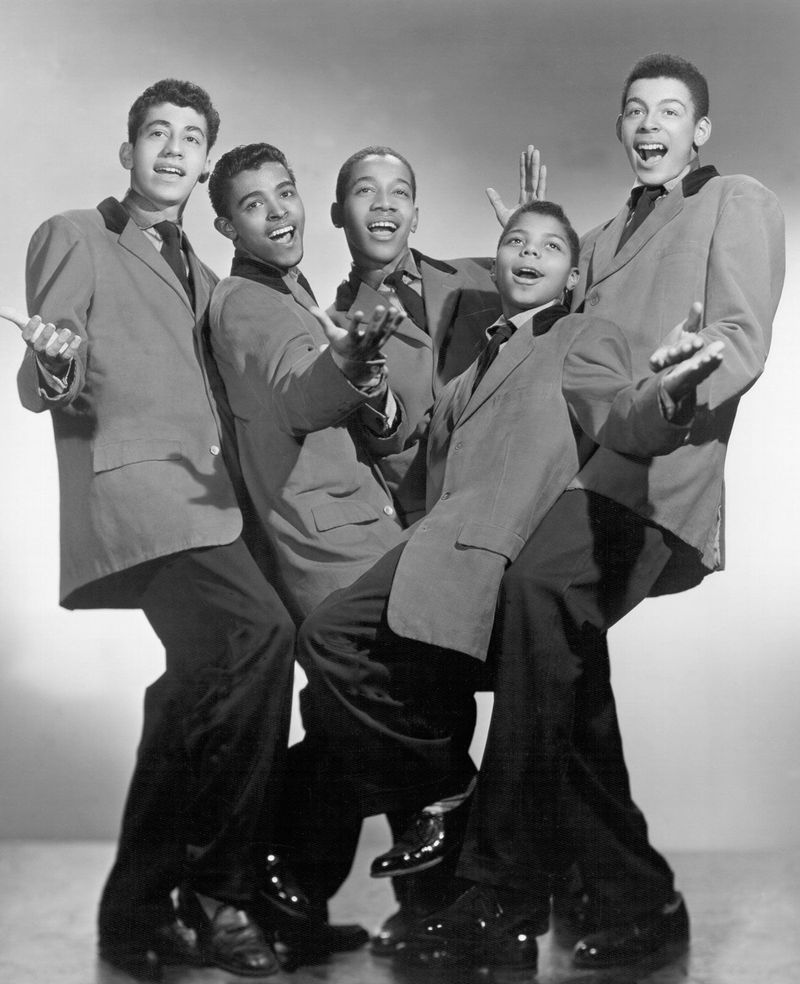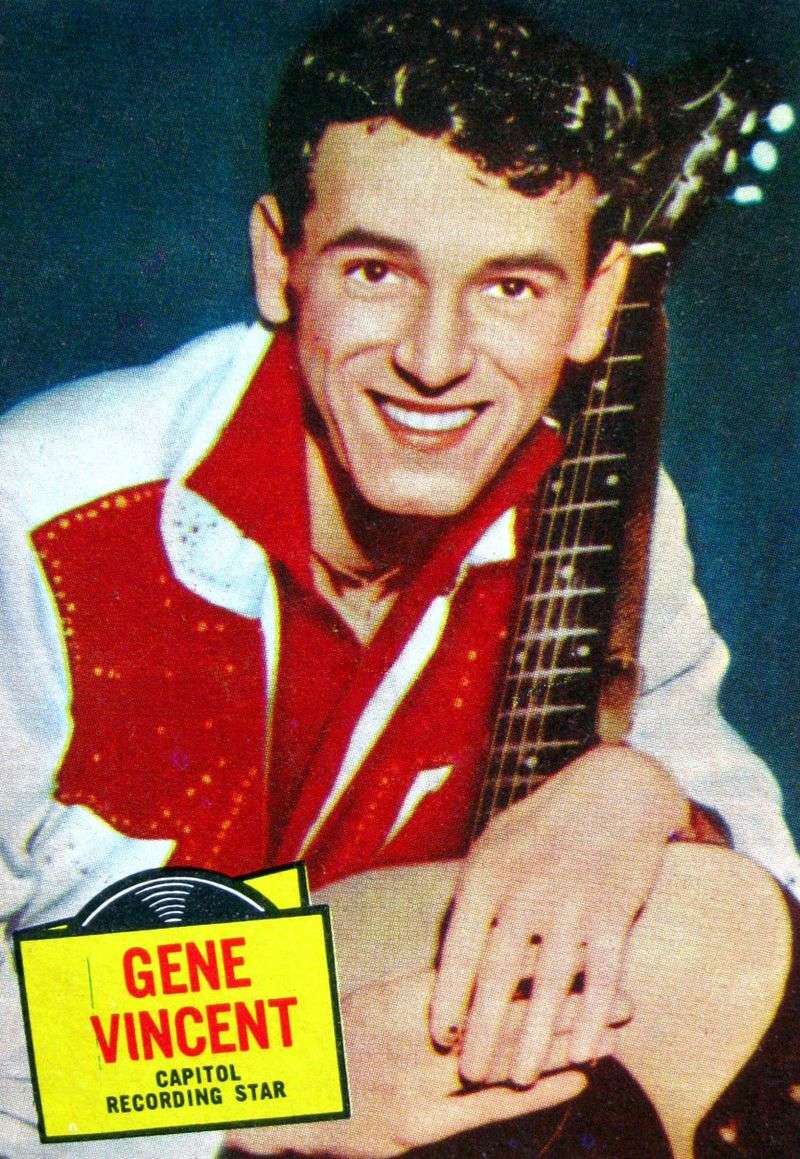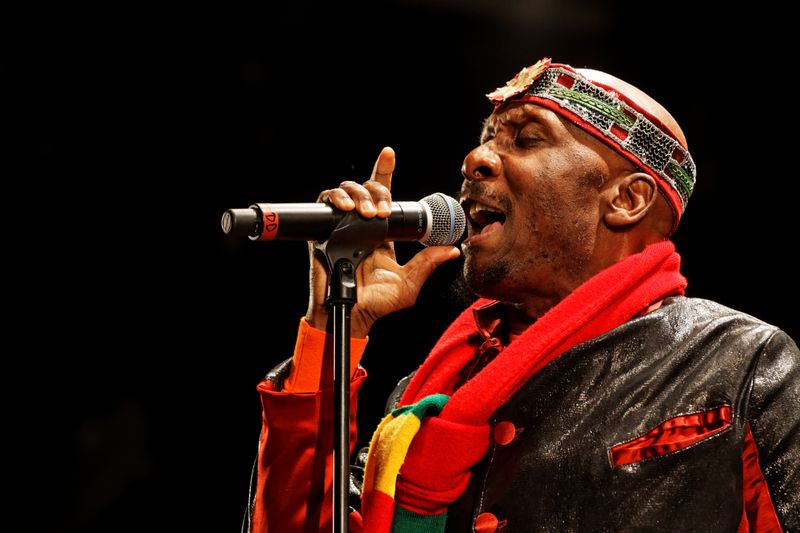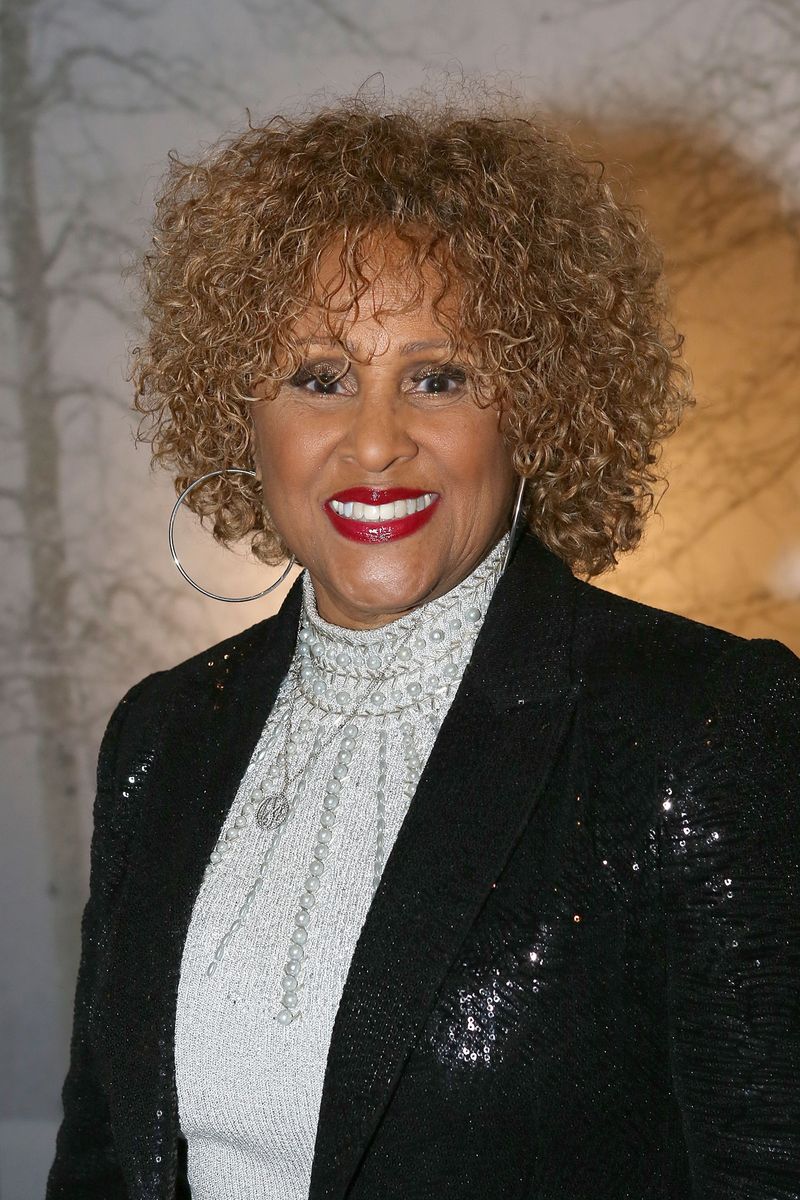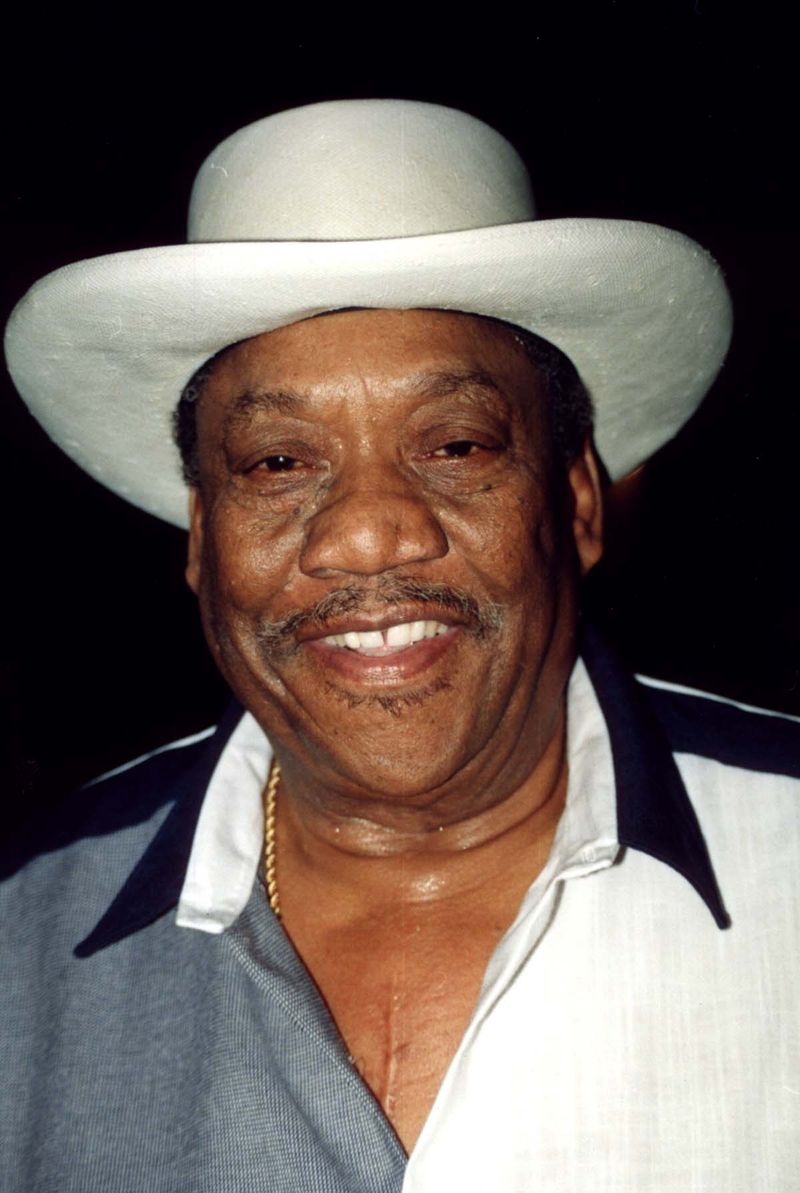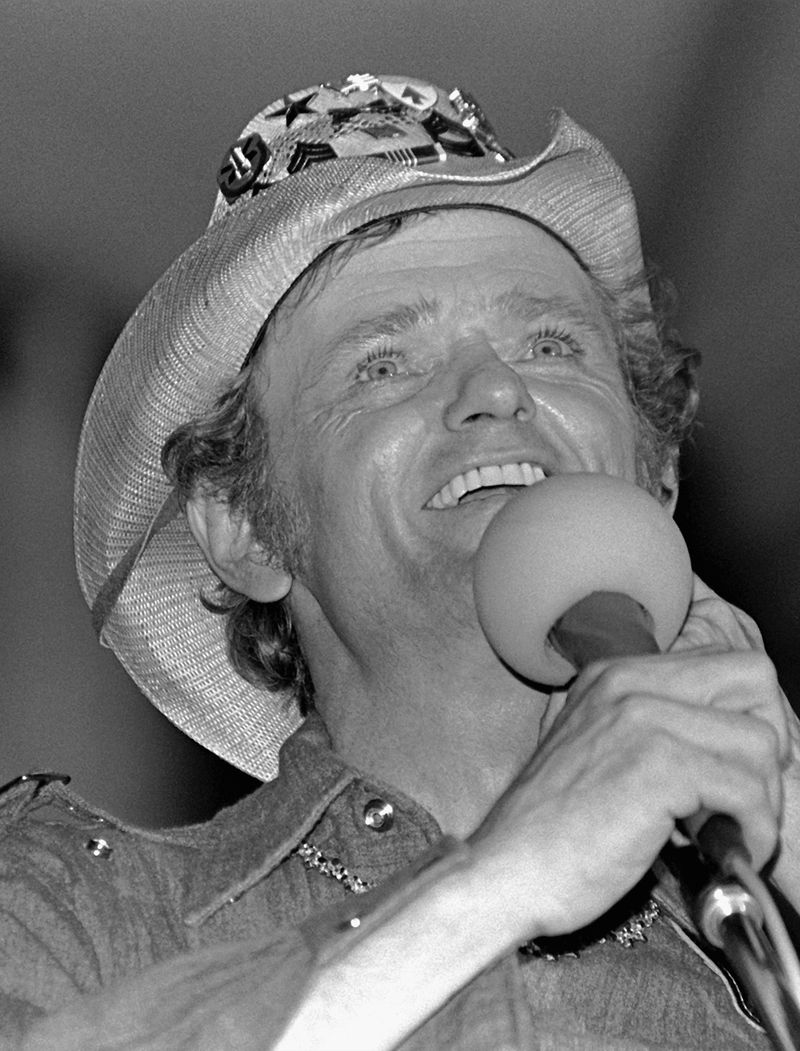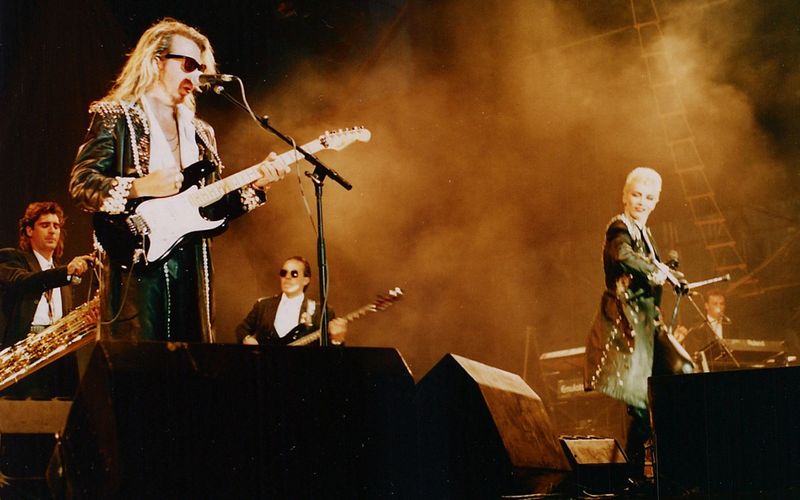The Rock and Roll Hall of Fame is a prestigious institution that celebrates influential figures within the music industry. However, the criteria for induction have sparked debates among fans and critics alike.
While many of the inductees are undisputed legends, others have raised eyebrows due to their perceived genre misalignment or limited impact.
Here, we explore 15 inductees whose inclusion has been questioned, offering a closer look at their contributions and the controversies surrounding their place in the Hall.
1. Madonna
Madonna, often referred to as the “Queen of Pop,” has undoubtedly left an indelible mark on the music industry. Her induction into the Rock and Roll Hall of Fame, however, stirred discussions about whether pop icons belong in a space traditionally reserved for rock legends.
While her influence across various music genres is undeniable, critics argue that her primary contributions lie outside the realm of rock. Her provocative image and ability to reinvent herself have kept her in the spotlight for decades.
This debate brings to light the evolving criteria for Hall of Fame induction.
2. ABBA
ABBA, the Swedish pop sensation, is celebrated for their catchy tunes and vibrant performances. Their induction into the Hall of Fame raised questions about the definition of rock and roll, as their music primarily revolves around pop and disco.
While their hits like “Dancing Queen” have enjoyed global success, some argue their sound diverges from traditional rock roots. The band’s knack for crafting memorable melodies is undeniable, yet their place in a rock-focused institution remains a topic of debate.
This inclusion challenges the boundaries of genre and what constitutes rock legend status.
3. Laura Nyro
Laura Nyro, renowned for her songwriting prowess, made waves with her emotionally rich compositions. Despite her talent, her induction into the Hall of Fame has been met with skepticism by some music enthusiasts.
Critics point out that while Nyro influenced numerous artists, her commercial success and widespread impact were limited compared to other inductees. Her genre-spanning catalog, blending elements of pop, jazz, and soul, might not fit neatly into the rock category.
Her inclusion raises questions about the criteria for recognition, emphasizing artistic influence over commercial achievement.
4. The Dells
The Dells, an R&B group known for their harmonious vocal style, have a legacy marked by a few notable hits. Their induction into the Rock and Roll Hall of Fame was met with mixed reactions, as some questioned their overall impact on the music landscape.
While they enjoyed a career spanning decades, critics argue that their influence was limited in scope compared to other legendary groups. The focus on their vocal harmony rather than groundbreaking contributions to rock adds to the debate.
This case highlights the subjective nature of recognizing musical achievements within the Hall.
5. Tupac Shakur
Tupac Shakur, a seminal figure in hip-hop, has left an enduring legacy that transcends music. His induction into the Rock and Roll Hall of Fame sparked conversations about broadening the definition of rock to include influential hip-hop artists.
While his impact on the music industry is unquestionable, purists argue that his primary genre does not align with traditional rock and roll. Tupac’s storytelling and social commentary continue to resonate, showcasing his profound lyrical talent.
The debate underscores the Hall’s evolving criteria, reflecting the dynamic nature of musical influence and genre boundaries.
6. Donna Summer
Donna Summer, hailed as the “Queen of Disco,” was a dominant force during the disco era. Her induction into the Rock and Roll Hall of Fame raised eyebrows due to the distinct separation of disco from traditional rock genres.
Summer’s influence on dance music is significant, with hits that still fill dance floors today. However, critics question whether her contributions align with the rock ethos. Her powerful voice and ability to captivate audiences are undeniable.
This inclusion highlights the ongoing debate about genre representation within the Hall and the evolving understanding of musical legacy.
7. Grandmaster Flash and the Furious Five
Grandmaster Flash and the Furious Five, pioneers in hip-hop, have played a pivotal role in shaping the genre. Their induction into the Rock and Roll Hall of Fame was a significant moment, acknowledging hip-hop’s impact on music culture.
Yet, some purists question whether hip-hop fits within the rock and roll paradigm. The group’s innovative use of turntables and socially conscious lyrics are celebrated, but their genre’s alignment with rock remains debated.
This recognition challenges traditional definitions and reflects the Hall’s willingness to honor diverse musical contributions beyond conventional boundaries.
8. Percy Sledge
Percy Sledge, known for his soulful ballad “When a Man Loves a Woman,” carved a niche in the music world with his emotive voice. His induction into the Rock and Roll Hall of Fame, however, drew criticism from those who questioned his overall influence.
While the song remains iconic, critics argue that his catalog is limited compared to other inductees. Sledge’s heartfelt performances resonated with many, yet his broader impact on rock and roll is debated.
This inclusion underscores the subjective nature of defining greatness and the diverse criteria considered for Hall recognition.
9. The Moonglows
The Moonglows, known for their harmonious doo-wop sound, left a mark in the music scene with their smooth vocal style. Their induction into the Hall of Fame has been a point of contention, given their brief peak in popularity.
While their contributions to doo-wop are acknowledged, some argue that their impact was not substantial enough to warrant such an honor. The group’s influence on later musical acts is noted, but their overall reach remains debated.
This case highlights the challenge of assessing long-term impact versus peak success in the Hall’s selection process.
10. Gene Vincent
Gene Vincent, a pioneer of rockabilly, is celebrated for his energetic performances and contributions to early rock and roll. His induction into the Hall of Fame, however, has prompted discussions about his overall influence.
While songs like “Be-Bop-A-Lula” are classics, critics argue that his impact did not match that of other rock legends. Vincent’s style and stage presence captivated audiences, yet his long-term influence is debated.
This inclusion raises questions about the criteria for lasting legacy and the balance between early innovation and sustained impact in the Hall’s recognition.
11. Jimmy Cliff
Jimmy Cliff, a reggae legend, brought the genre to international prominence with his uplifting music. His induction into the Rock and Roll Hall of Fame sparked conversations about genre representation and the Hall’s evolving criteria.
While Cliff’s influence in reggae is undeniable, purists question the fit within a rock-centric institution. His powerful messages and charismatic performances have resonated with audiences worldwide.
This inclusion reflects the Hall’s acknowledgment of diverse musical contributions and the complex interplay between different genres in shaping the broader music landscape.
12. Darlene Love
Darlene Love, known for her collaborations with Phil Spector, has a voice that defined an era. Her induction into the Rock and Roll Hall of Fame, however, has been questioned by those who focus on her solo career.
While her contributions to iconic tracks are celebrated, critics argue that her individual achievements may not meet the Hall’s standards. Love’s ability to convey emotion through her voice remains her standout quality.
This debate highlights the importance of both solo success and collaborative efforts in assessing an artist’s legacy within the Hall.
13. Bobby Bland
Bobby Bland, a master of blues, captivated audiences with his emotive style and soulful voice. His induction into the Rock and Roll Hall of Fame raised questions about his fit within a rock-oriented institution.
While his contributions to blues are significant, some argue that they may not align with the rock and roll ethos. Bland’s ability to convey deep emotion through his music is celebrated.
This inclusion underscores the Hall’s recognition of diverse musical influences and the challenge of defining the boundaries of rock and roll.
14. Jimmy Reed
Jimmy Reed, a blues musician known for his distinctive style, influenced many with his laid-back approach. His induction into the Rock and Roll Hall of Fame, however, has been debated due to his limited mainstream success.
While his music resonates with blues enthusiasts, critics argue that his overall impact may not justify his inclusion. Reed’s ability to connect with audiences through simplicity remains a defining feature.
This inclusion raises questions about the balance between niche influence and broader recognition in the Hall’s selection process.
15. The Eurythmics
The Eurythmics, an influential pop-rock duo, captivated the 1980s with their innovative sound. Their induction into the Rock and Roll Hall of Fame has sparked debate about the criteria for inclusion.
While hits like “Sweet Dreams” remain iconic, some argue that their impact may not align with the Hall’s standards for lasting rock legacy. The duo’s ability to blend electronic and rock elements is celebrated.
This case highlights the evolving nature of music and the challenge of defining what constitutes enduring influence within the Hall of Fame.
